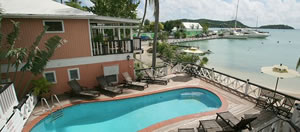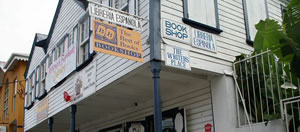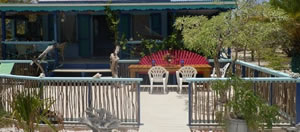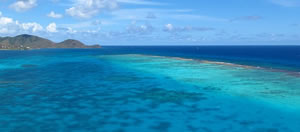Anguilla
Anguilla is located in the Leeward Islands a few hundred miles to the east of Puerto Rico. Its close neighbours include the British Virgin Islands to the west and north-west (Virgin Gorda and Anegada are nearest) and St Martin to the south.
The island's main industry is tourism together with offshore banking and financial services. A little fishing takes place along with limited farming. Anguilla boasts some ecologically important coral reefs. Water sports are one of the main attractions of the island. Diving, snorkelling and sailboat racing are enjoyed by islanders and visitors alike. You will find the surroundings peaceful, the service superb and the people friendly. The island is known as a retreat for celebrities, and is sometimes called the "South Beach" of the Caribbean - a major draw being the myriad of fine dining spots - you won't leave Anguilla hungry.
By air the island can be reached from San Juan and St Martin. The island also has a regular ferry service to St Martin.
Anguilla is a flat coral and limestone island of around 35 square miles (16 miles long and 3 miles wide). It was created by a geologic uplift which created numerous bays, salt ponds and the beautiful beaches we see today. The territory of Anguilla has a number of smaller islands and cays including Scrub Island, Prickly Pear Cays, Seal and Dog Islands. These names are similar to those used in the neighbouring BVI which also has a Scrub, Prickly Pear, Seal and Dog Island. The main town and island capital is The Valley.
The earliest inhabitants were Amerindians, their earliest traces date back to 1300 BC. The first Europeans arrived around 1564 and were part of a French expedition. At this time the island was given its name meaning "eel" because of its elongated form. It was first settled by the British in 1650. The dry climate did not lend itself to farming and eventually the inhabitants turned to the sea, becoming shipbuilders, sailors and fishermen. Anguilla has been a British overseas territory since 1980 with a small population of around 14,000.
























